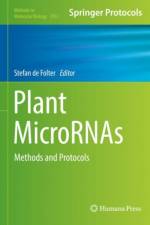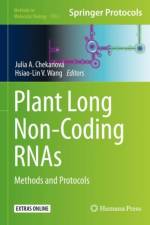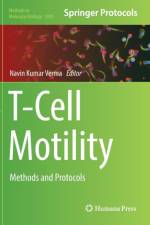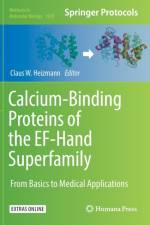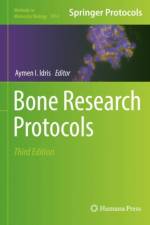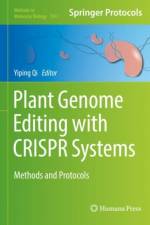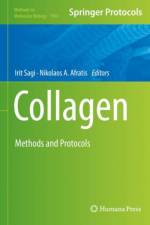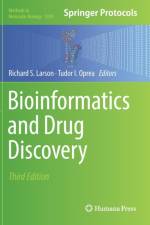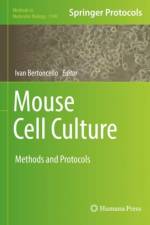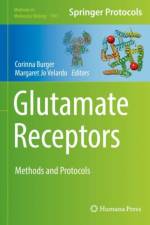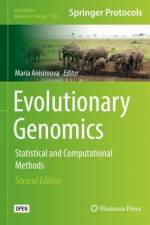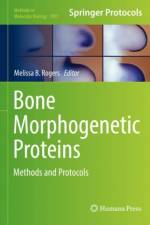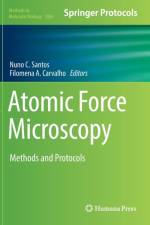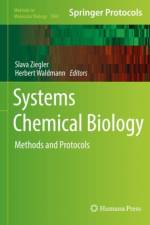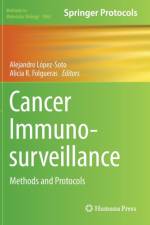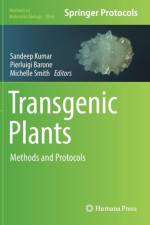- Methods and Protocols
163,00 €
This book aims to provide examples of applications of atomic force microscopy (AFM) using biological samples, showing different methods for AFM sample preparation, data acquisition and processing, and avoiding technical problems. Divided into two sections, chapters guide readers through image artifacts, process and quantitatively analyze AFM images, lipid bilayers, image DNA-protein complexes, AFM cell topography, single-molecule force spectroscopy, single-molecule dynamic force spectroscopy, fluorescence methodologies, molecular recognition force spectroscopy, biomechanical characterization, AFM-based biosensor setup, and detail how to implement such an in vitro system, which can monitor cardiac electrophysiology, intracellular calcium dynamics, and single cell mechanics. Written in the highly successful Methods in Molecular Biology series format, chapters include introductions to their respective topics, lists of the necessary materials and reagents, step-by-step, readily reproducible laboratory protocols, and tips on troubleshooting and avoiding known pitfalls.Authoritative and cutting-edge, Atomic Force Microscopy: Methods and Protocols is useful for researchers at different stages, from newcomers to experienced users, interested in new AFM applications.



